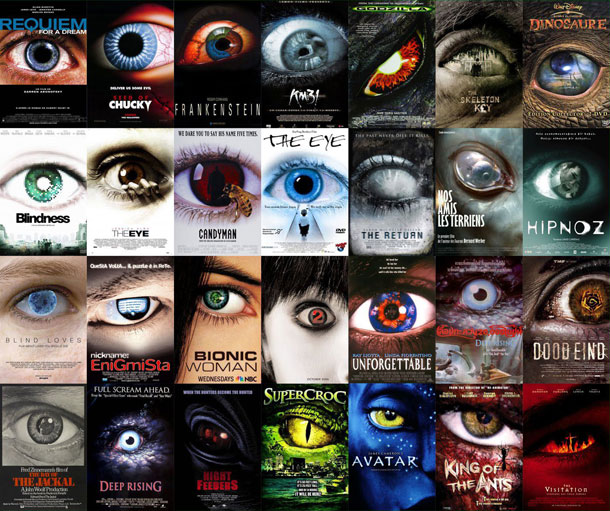Mucha gente cree que estos tiempos son demasiado difíciles para poder ser inventor. Entre pleitos de patentes, programas estandarizados, y plagios de conceptos, parece que actualmente la innovación está únicamente en la generación de ideas (con todo lo escurridizas que son) y ya no en los artefactos como pasaba antes.
Pero aquí va un artículo optimista de Techi.com, sobre lo favorable que resulta tener herramientas como internet en estos días para poder crear cosas…
Today patent law is incredibly nuanced and complex, but back in 500 BC when the Greeks first held forth that whosoever invented something which improved quality of life should be guaranteed the ability to profit from that invention for a period of no less than one year, laws were spread and enforced in less subtle ways than they are now, and the process of discovering a patent infringement (let alone prosecuting one) would have been incredibly difficult for anyone.
Our contemporary experience of inventing and patenting is considerably less medieval, but before the dawn of the internet and eventual dissemination of internet access into homes and libraries, the process was still burdensome enough to prove a hindrance to many inventors. With the advent of computer sciences it became clear that engineers and computer language specialists would often be required for modern day invention, this resulted in excessive up-front investment required to actualize any invention, extensive bureaucracy (paperwork, red-tape, etc) to acquire a patent, and then prohibitive costs to maintain one.
Luckily, the last few years have seen dramatic leaps in access and technology, primarily thanks to the internet. From 3D Printers and object/product blueprints that can be shared and downloaded in minutes to online patent lawyers and information access that makes product infringements easy to spot, the internet is truly revolutionizing the way people invent. Here are three perfect examples.
1. Visibility and project funding
Where once an ambitious inventor whose project was a bit out of their own financial scope would have needed to apply for highly competitive grants or rub a lot of high society elbows looking for a hand out, now an inventor can advertise his need for backers in a number of different ways.
From Facebook, where an already off the ground project can advertise it’s need, prove public interest, and show progress via film and video to websites like Kickstarter, which are specifically designed to help inventors find financiers for their projects, the internet has made meetings between these two parties incredibly easy.
2. Learning about and applying for patents
Access to information is the key to evolution. Where pre-internet homespun inventors would have been unsure what direction to go in with their idea, let alone which steps to take, or how far to take them, now anyone with an internet connection can type a simple query into a search engine and generate a wealth of information concerning every aspect of invention and patenting.
There are websites designed to spark inspiration, chat forums where would-be inventors can share stories, information, ideas, and suggestions, there’s craigslist for inventors who need specialists-for-hire of any kind, and there are search engines to help determine whether an idea has already taken off somewhere else. Add to all of this the added simplicity of applying to a patent via the web and inventing and patenting a new item becomes easier than a visit to the DMV.
3. Pre-made inventor kits
Add DIY culture to the ever expansive technological frontier proffered by the internet and the result is bound to be astonishing, but for inventors (old and young, rich and broke) pre-made inventor kits are cooler than a slice of bread grown from an urban organic wheat cooperative.
Similar to the endless possibilities provided by 3D printers, inventor’s kits offer a spectrum of resources ranging from the homely to the elegant. Low end kits provide good entertainment for kids, and often seem more like science experiment kits than tools for invention. On the other hand, brilliant and simple products like MaKey MaKey enable inventors to turn almost anything into an electronic device using nothing more than alligator clips…
http://bit.ly/WVdlud
Internet & invention




